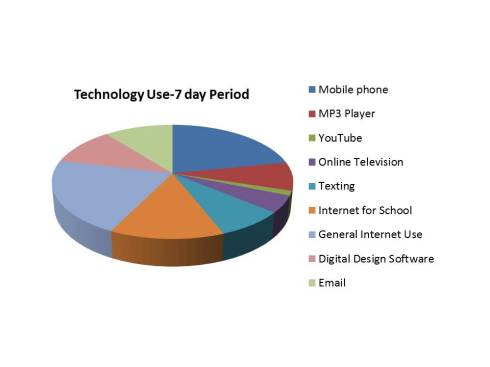Throughout the semester, we have learned of many examples illustrating what digital diversity is, and along the way we have also seen what digital diversity is not. Without understanding the latter, circumstances that undermine the idea of digital diversity, how can we comprehend the full meaning of this generalized phrase? It is widely known that the exponential growth and use of digital technology in our day-to-day lives has become associated with terms such as efficiency, multi-tasking, and globalization, but what we often don’t think about are the more invisible issues that are associated with this phenomenon. What about the terms disparity, inequality, and stereotyping, and all of the cultural/social/political issues that are embedded within these terms in the digital world? In the first half of the video, examples of these more invisible issues are brought to light in acknowledgement that digital diversity is more than about being ‘connected’ or simply having access to technology.
The second half of the video shows examples of what digital diversity is. Digital diversity is an intersection between technology and people which erodes social, political, cultural, gender, and racial barriers through equal access to technology, technological education, collaboration, and freedom of expression. The idea of “remix” facilitates collaboration and freedom of expression, recognizing that ideas should be shared and built on, transcending traditional intellectual property ideals and excessive copyrighting. The One Laptop Per Child (OLPC) program is an excellent example of digital diversity because it provides developing countries technological access while emphasizing the importance of providing education with access. The OLPC program is also successful in the way that it was designed for the cultures and people that actually use the laptops. Often cultural differences are ignored in the transition between HC (high-context/low-content) and LC (low-context/high-content) cultures, but in this instance communicative preferences were adapted to rather than imposed on the users (Ess 119). This section conveys how dynamic, fast-paced, and multifaceted the digital world is, and that to understand it and keep up with it you have to be flexible and embrace it, without relying on the technology itself as a singular solution, and without using either/or mindsets to confront issues.
Work Cited:
Ess, Charles (2009). Digital Media Ethics. Polity Books.
Videos: YouTube – Ghana eWaste burning Caravanos
YouTube – The Silicon Valley Entrepreneur – What it takes to be a Venture Capitalist
YouTube – Happy birthday bitches
YouTube – BIRTHDAY SONG
YouTube – Singing Happy Birthday against Copyright!
YouTube – Cat singing Happy Birthday song
YouTube – Happy Birthday Song Copyright
YouTube – Girl Talk Tour Day 31 (Chicago) 11.08.08 part 2
YouTube – OLPC Mission, Part 2- The XO Laptop, design for learning
Images: all images found on Google
Music: Groove Armada, “Shameless”
Girl Talk, “This is the Remix”



